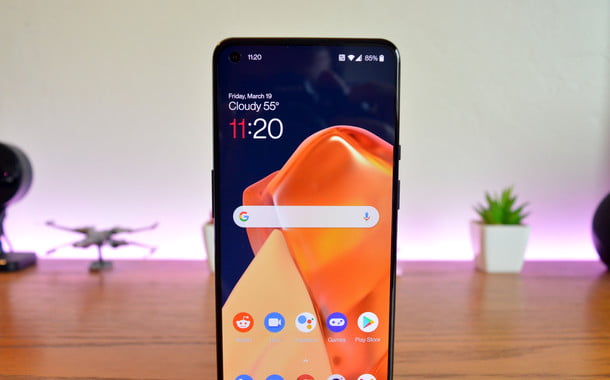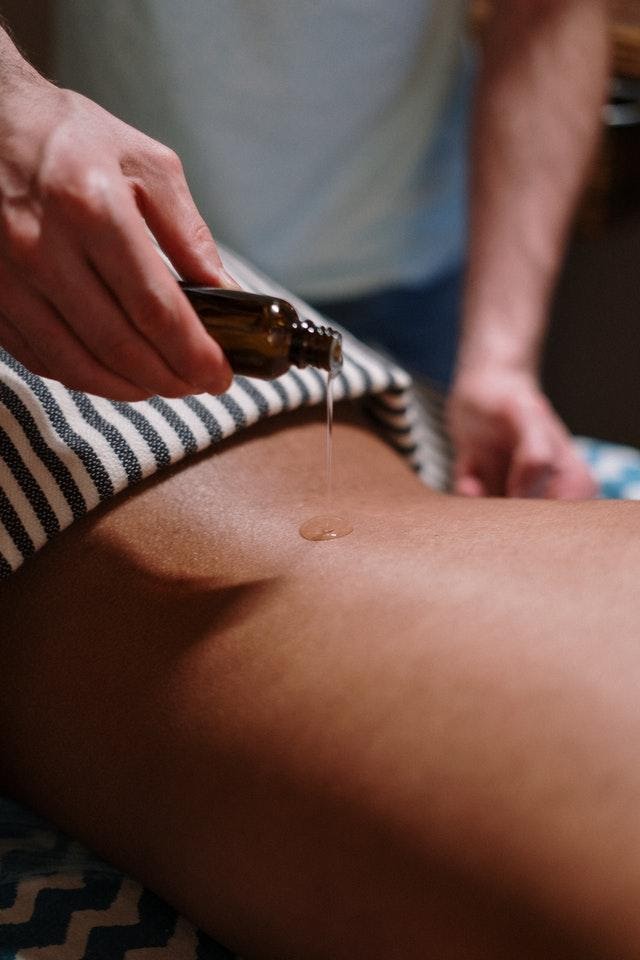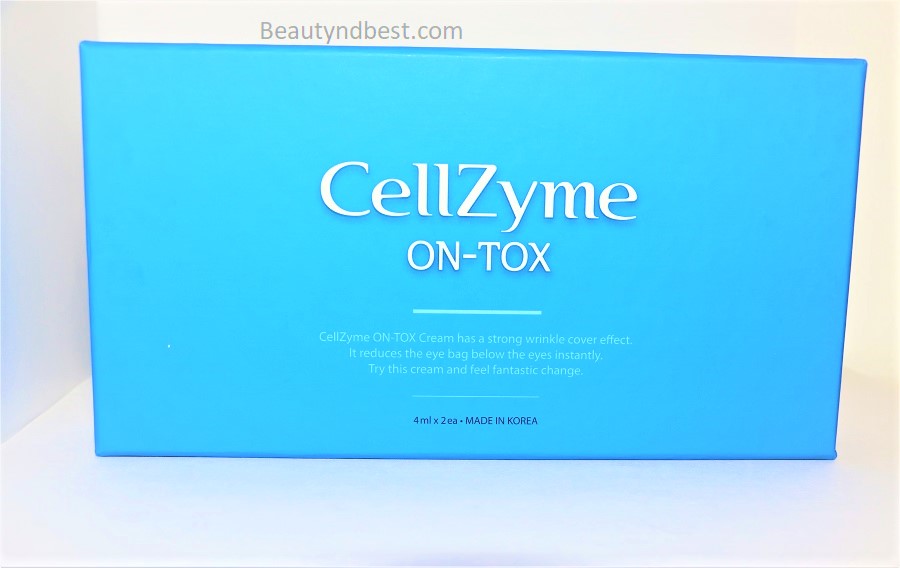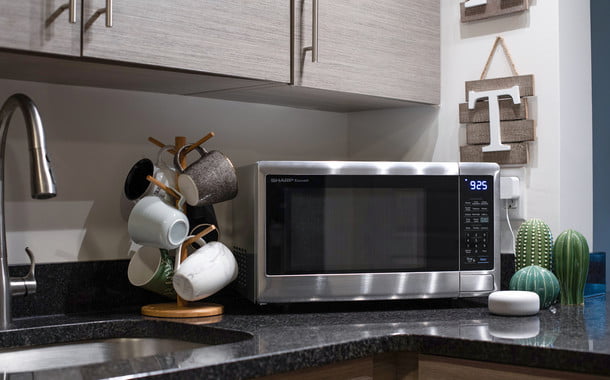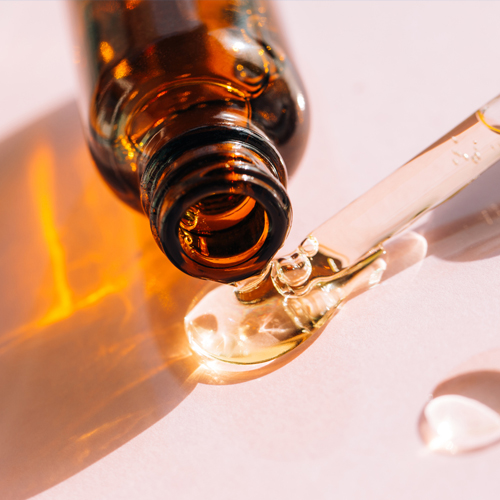A new way to get instant beauty tips with Instantgo
We had the opportunity to play with a new little app that we really like. With Instantgo, beauty addicts like you can connect with their favorite beauty professionals. In fact, Instantgo allows you to get a direct and personal response, as well as personal advice, from the blogger or influencer you love to see every day. It's easy to use as you can decide whether to call your favorite via SMS, phone call, or even video Makeup artist and get an answer immediately. We often need help choosing the best combination of colors or the style that is appropriate for a particular occasion.
In a digital world, having instant answers to our most pressing questions is great. Think of the time just before you go out when nothing looks right and preparing becomes a real nightmare! Whether you're going on a first date or just an important meeting and have no idea what to wear. You urgently need some quick fashion or personal advice and maybe someone can give you that extra help.
The digitization of beauty is an important step forward as over three thousand new makeup videos are published daily on YouTube alone. Unfortunately, most of the time, these videos are general and not really aimed at you. We all have our own specific questions and needs. The real solution is to have someone who understands our specific situation: it is a real plus to be able to interact with someone on a video call, for example, and feel like you are personally being pampered with someone you care about. You can just feel the difference and this is a revolution for us and the way we look! Most of the time the cream, lotion, blush, lipstick suits us and has the same result on all of them, but there are also times when it just isn't what you expected. There is now another way to discuss your favorite products and get better results.
It's also nice that Instantgo works in both directions. As much as you can contact Beauty experts Also, for your personal needs, share everything you know about fashion and more so that people can contact you. It's an easy way to share your knowledge and time, and get rewarded for it.
Like this:
Loading…

